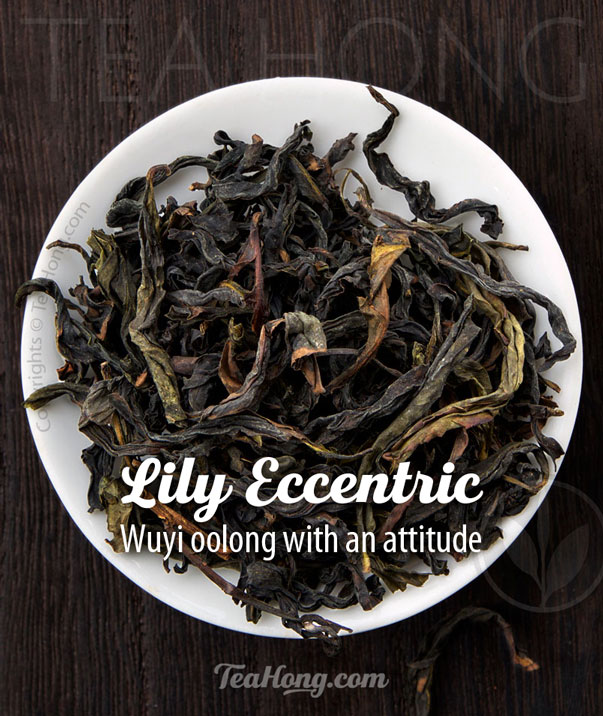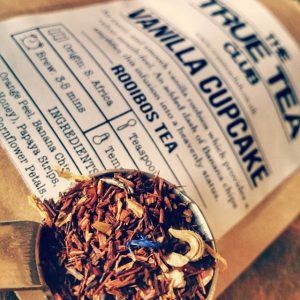Puer, a Post-fermented Tea
tasting notes
In East Asian countries, it is a popular practice for shopkeepers to let you taste a tea before buying it. Normally they throw in 8~10 grams of Puer, blanch it, and then pour in water to steep for 10 seconds to decant for your tasting. They would tell you that the tea will reveal itself only at the third blew. That is completely bogus. Some would even quote from ancient poems to verify their theory. That is a disgrace to the poets. They were not even mentioning teas as we know them nowadays. Nowhere in these poems says or suggests anything about such ridiculously short infusion time; and if they do, they were referring to green teas in the tradition of Song tea, which is grounding up the compressed tea into fine powder to whip in water as in the now still practiced Cha’noyu in Japan. (3)
To tell how good a Puer is, infuse for at least 30 seconds even when you are using a lot of leaves. In all preliminary tasting for dark tea, I always do the international standard of 3 g to 150 ml water for 5 minutes+. I also do things like 12 g in a 150 ml Yixing pot for 30~60 seconds, depending on the nature of the Puer. Either way, I’ll blanch the leaves for one or two times. This way I can get a really dark liquor with good texture and clean, deep taste, reviewing the true quality of the tea, and which is how I like Puer after dinner. I’ll have a first strong cup before dessert and then subsequent infusions with the dessert or any other small bites, or just straight. A fine one gets sweeter with repeated infusions (increase steeping time each time) until the 8th or 10th time, then it really dies off. You cannot achieve this with a lowly grade or a “Shengcha Puer”, they will all taste terrible this way, even if that latter one is very expensive and matured for over 10, 20, or 30 years.
health notes
Note: It is important to remind the reader that this following writing refers to the truly post-fermented Puer. The health implications of “Shengcha Puer” are different.
Puer is the seniors’ “safe” tea, because of its warm TCM character. This has been so recognised since the 1920’s (4) and a major reason for its popularity in dimsum restaurants: a warm TCM tea facilitates digestion.
That applies, however, only to truly post-fermented teas. Because of this microbial fermentation, Puer is the only tea to contain statin, a material found also in certain edible fungi and now understood as a most potent cholesterol fighter that exists naturally. That may explain why the tea has been mostly consumed with dimsums, the greasy morsels in little dishes that used to be even greasier before — animal fat, fatty meats and various offals were vital ingredients.
A detail and lengthy experiment done in Taiwan discovered that tealeaves artificially induced with Puer microbes for fermentation, as most fine post-fermented teas are, can produce statins and polyphenols a few times more than the highest quality crude tea, i.e. Shengcha Puer, whether the latter is fresh or naturally “fermented” for 25 years! (5) This is good news, because truly post-fermented puers, which some people refer to as “shu” (or “cooked”) puers, are often much lower in price than the “sheng” counterparts!

Business to business trading of puer discuses has been much greater than sales to consumers in recent years.
buying tips
It is important to note that while most people thought of Puer tea discuses as the ultimate tea for storage for posterity, it is the loose tea that matures a lot more effectively and evenly. The discuses or other compressed forms are, in recent years, better forms for speculative transactions. The prices of them has gone irrational and there does not seem to have any logical financial basis. Some people have gained from this trend. Some made terrible losses. Yet there are always people foolish enough to invest tens of thousands for a “cake”.

Worker covering 20 x 3 x 1.5 m piles of tealeaves for undergoing post-fermentation during puer production. Menghai, Yunnan. Click to read more about Post-fermentation in tea production
There is also a whole industry of fabricated history, some basing on pieces of old wrapping paper labels, to boost the speculation. Books, articles, “rediscovered” writings, and internet websites that parrot and propagate these marketing materials have created an illusion that Puer, especially Shengcha Puer (aka Sheng Puer), has been an exclusive drink and one which price rises infinitely. This is not in agreement with our experience and observation. However, this does not mean we do not appreciate Shengcha Puer as a tea. Further discussion will be in the Shengcha Puer article and others.
Back to truly post-fermented puers. If you know what you are doing, always buy from a fresh, clean, and well-stored batch to mature it yourself. To learn what you should be looking for, learn first by buying small quantity of tea matured for 2 years or a bit more. Compare different qualities and different claimed maturity. Understanding the maturing of post-fermented teas (or any other mature-able teas) takes time and efforts.













@Tames, please read this article:
https://teaguardian.mystagingwebsite.com/what-is-tea/post-fermented-teas-aka-dark-teas/
Another article will be published in a few weeks related to this topic
Hello,
I’m interested in knowing what kind of microorganisms are present in the fermentation of pu-erh. Do you have such information? Many thanks in advance. Best regards. Tames.